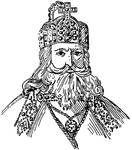Clipart tagged: ‘Franks’
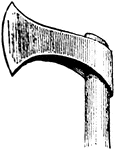
Francisca, Throwing Axe
"A battle-ax used by the Franks, of which the typical form is a head long in proportion to its width,…
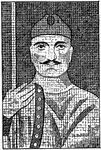
Charlemagne
The King of the Franks from 768 and the Emperor of the Romans from 800 until his death in 814.

Charlemagne
"Statue of Charlemagne, in Paris. At Pepin's death in 768 the kingdom of the Franks included the greater…
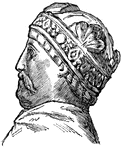
Charlemagne
He was born on April 2, 742, and was the eldest son of Pepin, the first king of the Franks, of the Carlovingian…
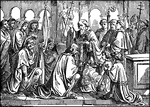
Clovis, King of the Franks, is Baptized by Saint Remigius
Illustration of King Clovis kneeling before Saint Remigius. Clovis' wife, Clotilde, kneels next to him.…

Frankish Weapons, Including a Shield, Germanic Spear, Angon, Sword, Knife, and Short Axe
A collection of weapons used by the Germanic tribe called the Franks. These are all of their most typically…

Franks Crossing the Rhine to Establish Themselves on the West Bank as Allies of Rome
A group of Franks, mainly men with a couple of women and children, cross the Rhine River on a wooden…
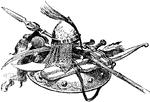
Saracen Arms
"Saracen Arms. Charlemagne now had to deal with certain non-Germanic peoples who were threatening his…
